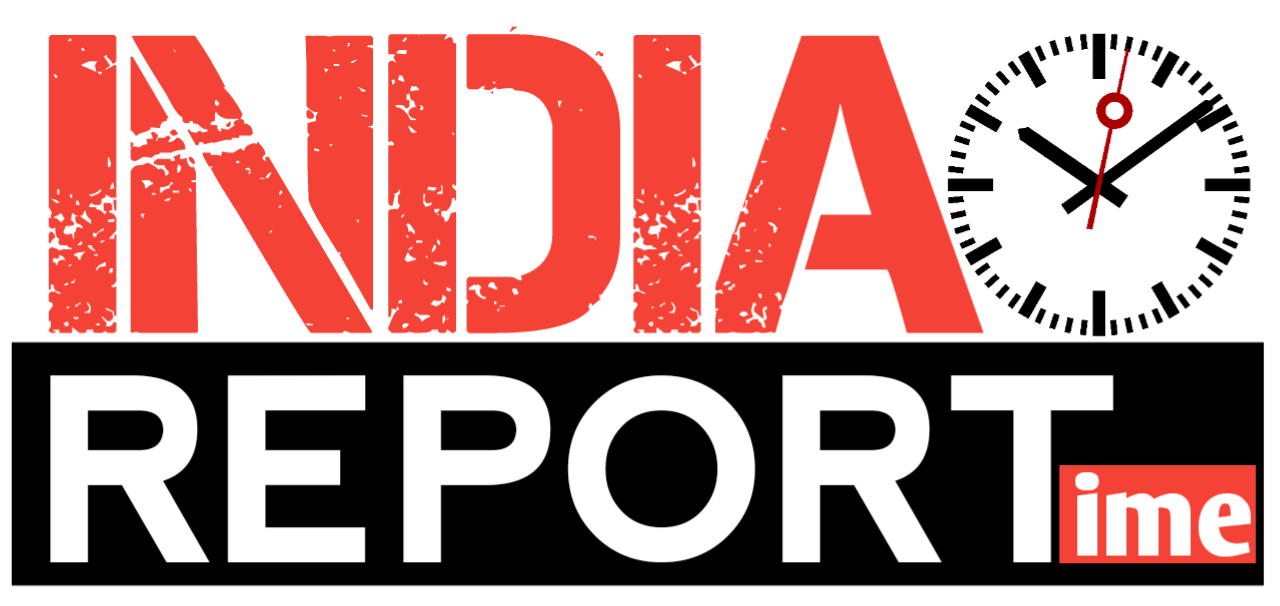Pursuing higher education in the United States can be a significant financial investment. Many students rely on education loans to fund their studies, covering tuition fees, living expenses, and other related costs. Here’s a comprehensive guide to understanding education loans in the USA.
Types of Education Loans
1. Federal Student Loans
Federal student loans are funded by the government and usually offer lower interest rates and more flexible repayment options than private loans. They are available to both undergraduate and graduate students.
Types of Federal Student Loans:
- Direct Subsidized Loans: Available to undergraduate students with demonstrated financial need. The government pays the interest while the student is in school.
- Direct Unsubsidized Loans: Available to undergraduate, graduate, and professional students. Interest accrues during all periods.
- Direct PLUS Loans: Available to graduate students and parents of dependent undergraduate students. A credit check is required.
- Federal Perkins Loans: A need-based loan available to undergraduate and graduate students, though funding for this program has been discontinued in recent years.
2. Private Student Loans
Private student loans are offered by banks, credit unions, and other financial institutions. They typically have higher interest rates and fewer repayment options compared to federal loans. Private loans can cover the full cost of education, including expenses not covered by federal loans.
Applying for Federal Student Loans
1. FAFSA (Free Application for Federal Student Aid)
To apply for federal student loans, you must complete the FAFSA. This form collects financial information to determine your eligibility for federal financial aid, including grants, work-study, and loans.
2. Master Promissory Note (MPN)
Once you’re eligible for federal loans, you’ll need to sign a Master Promissory Note, agreeing to the terms and conditions of the loan.
3. Entrance Counseling
First-time borrowers are required to complete entrance counseling to ensure they understand the responsibilities and obligations of taking out a federal loan.
Applying for Private Student Loans
1. Compare Lenders
Research and compare different lenders to find the best interest rates and terms. Consider factors such as repayment options, deferment, and forbearance policies.
2. Co-signer
If you have limited credit history, you may need a co-signer with good credit to qualify for a private loan.
3. Application Process
Fill out the application provided by the lender. This will typically include a credit check and income verification.
Repayment Options
1. Federal Loan Repayment Plans
- Standard Repayment Plan: Fixed payments over 10 years.
- Graduated Repayment Plan: Payments start low and increase every two years, over 10 years.
- Extended Repayment Plan: Fixed or graduated payments over 25 years.
- Income-Driven Repayment Plans: Payments based on your income and family size, with loan forgiveness after 20-25 years.
2. Private Loan Repayment Plans
Repayment options for private loans vary by lender. Common options include:
- Immediate Repayment: Payments start immediately after the loan is disbursed.
- Interest-Only Repayment: Pay only the interest while in school.
- Deferred Repayment: Payments begin after graduation or leaving school, though interest accrues during this time.
Loan Forgiveness Programs
1. Public Service Loan Forgiveness (PSLF)
Available to borrowers who work in public service and make 120 qualifying monthly payments under a qualifying repayment plan.
2. Teacher Loan Forgiveness
Available to teachers who work in low-income schools for five consecutive years.
3. Income-Driven Repayment Plan Forgiveness
Remaining loan balance is forgiven after 20-25 years of qualifying payments under an income-driven repayment plan.
Tips for Managing Student Loans
- Borrow Only What You Need: Don’t over-borrow; only take out loans for what you truly need to cover your educational expenses.
- Keep Track of Your Loans: Maintain records of all your loans, including amounts, interest rates, and repayment schedules.
- Make Interest Payments While in School: If possible, make interest payments on unsubsidized and private loans while in school to reduce the total cost of the loan.
- Explore Loan Forgiveness Options: If you qualify, take advantage of loan forgiveness programs to reduce your debt burden.
Conclusion
Education loans are a valuable resource for funding your studies in the USA, but they come with significant responsibilities. Understanding the different types of loans, the application process, and the repayment options can help you make informed decisions and manage your debt effectively. With careful planning and management, you can achieve your educational goals and build a strong financial future.






